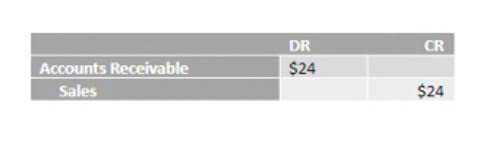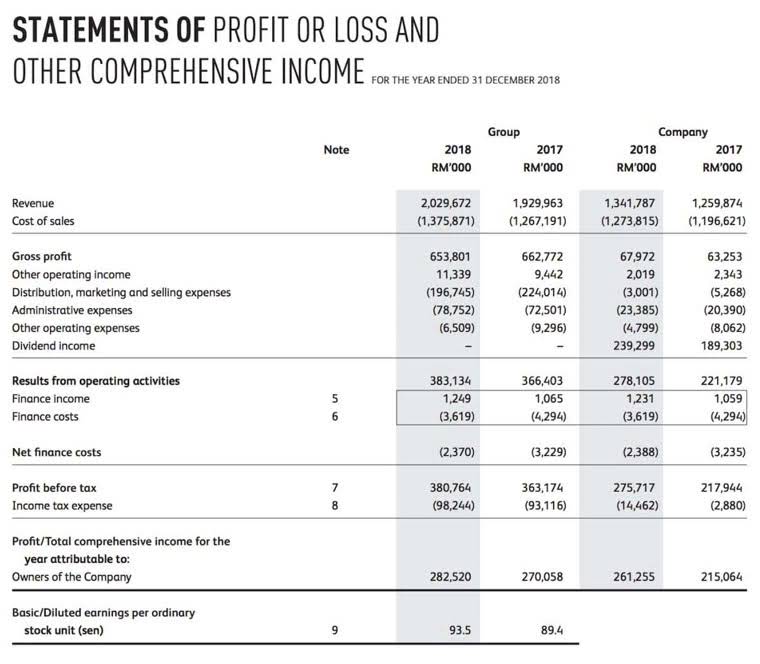
Helpfully, they clarify that institutions may use third parties to assist with reporting requirements; ED notes its position as to where third-party servicer obligations would apply. Department of Education (ED) finally published three important updates on ED expectations under its extensive October 2023 Financial Value Transparency and Gainful Employment regulations (Final Rule). These rules are slated to take effect July 1, 2024, for institutions of higher education that participate in Title IV Federal Student Aid programs (mainly colleges and universities).
What roles does a school user need to address the Graduated Status Reconciliation Report?
Institutions are required to report information for students who were enrolled at the end of the most recently-completed award year and for students who completed the program or withdrew during the standard or transitional periods. Some institutions offer degree programs where students may also be awarded a non-degree credential (e.g., certificate, diploma) after completing a portion of the degree program. Such programs are generally not considered GE Programs at non-profit and public institutions. However, a program where a significant number of the students enrolled in the program do not actually earn the degree and withdraw after obtaining the certificate may be, upon review, determined to be a non-degree program. In addition to establishing these new metrics and a website to house this information for the public, the Final Rule establishes “passing” thresholds.
Transitional Rates for GE and FVT

An institution would be required to provide a written warning to students and prospective students for any year for which the Secretary notifies the institution that the GE program could become ineligible based on its final D/E rates or EP measure for the next award year for which those metrics are calculated. The warning would be the only substantive content contained in those written communications, and the Department would mandate the wording of that warning in a future Federal Register publication. The final rule contains a financial value transparency framework designed to provide information to the public about educational programs offered by every institution of higher education that participates in the Department’s Title IV student aid programs. First, for each award year, using information from NSLDS, we create a list of students who received Title IV aid and completed the program during the cohort period, including an indication of whether a student will be excluded, and we submit the list to the institution for its review. Upon completion of this process, we provide the institution with a final list that will be submitted to the IRS. The FVT/GE Program Enrollment Detail Report (SHDPE1) provides school users with a list of all students and their certified program enrollment data as reported to NSLDS via the Enrollment Reporting process.
Volume 2 – FVT/GE Program Submittal Reporting
While we may be able to breathe a sigh of relief that most of the first reporting cycle is behind us, we must also recognize that, as of this writing, we are only eight months from the next reporting deadline. It is not too soon to begin the appropriate plans and preparations to stay ahead of the curve. Department of Education released Electronic Announcement GE-25-02, extending the deadline for Completers’ Lists and debt reporting for Financial Value Transparency/Gainful Employment (FVT/GE) to September 30, 2025. The Department plans to make its program information system available by July 2026, and will provide more information on that process in the future. The Department uses address information provided by the student on their initial FAFSA submission to determine whether the student is from the State in which the institution is located. The U.S. Department of Education (the Department) has added additional Frequently Asked Questions (FAQs) that are available on the FVT/GE Topics Page.
Federal Regulation Reporting (Part : Updates on Requirements including FVT/GE

During the fall of 2023 the Department of Education (ED) released several regulatory packages that add new and expanded reporting requirements for institutions. These include Financial Value Transparency (FVT) and updated Gainful Employment (GE) rules. The regulations are intended to provide more data about student debt, financial aid gaps, and completion and success rates.
New Guidance Issued on Financial Value Transparency and Gainful Employment Regulations
After the initial reporting, for each subsequent award year, institutions would be required to report by October 1 following the end of the award year. If the federal agency with earnings data does not provide earnings information necessary for the calculation of these metrics, the Department would not calculate the metrics and the program would not receive rates for the award year. Under the final rule, the annual D/E rate would estimate the proportion of annual earnings that student completers would need to devote to annual debt payments. The discretionary D/E rate would measure the proportion of annual discretionary income (the amount of income above 150 percent of the poverty guideline for a single person in the continental U.S.) that students who complete the program would need to devote to annual debt payments. If it were not possible to calculate or issue D/E what is financial transparency rates for a program for an award year, the program would receive no D/E rates for that award year.

The user guide covers reporting methods (batch, web, spreadsheet submittal), reporting content, and other relevant topics. For the initial reporting year of 2024, the deadline to submit FVT/GE information to NSLDS for the most recently completed award year and for award years prior to the most recently completed award year is Oct. 1, 2024. The most recently completed award year for the initial reporting period is the 2023–24 award year, which ended on June 30, 2024. This adjusted timeline allows institutions to focus their efforts on getting aid to students this spring and to have more time to compile data that would otherwise have been What is bookkeeping required by the end of July.
- The new reporting requirements will take effect next July along with the overall gainful-employment rule.
- The FVT rule establishes a framework to measure D/E and EP as well as to require disclosure of this information for all eligible programs and institutions to ensure all students have the benefit of access to accurate information on the financial consequences of their education program choices.
- For annual (AA) reporting, values for a payment period are included in the award year to which the period is assigned.
- The U.S. Department of Education’s recent Financial Value Transparency and Gainful Employment (FVT/GE) rules reflect an attempt to focus the federal regulatory apparatus on financial accountability and transparency.
- There are also potential issues around comparing regional economies and labor markets when the earnings benchmarks are set at the state level.
- In order to be considered a qualifying graduate program, at least half of a program’s graduates must obtain licensure in a State where the postgraduation training requirements apply.
What if my institution does not address the “Attest to Qualifying Graduate Programs for AY 2023-2024” section?

The Clearinghouse is working Budgeting for Nonprofits directly with Central Processing System (CPS) for SAIG to finalize the TG mailbox designation for institutions participating in Clearinghouse FVT/GE. This includes our enrolling your institution in FVT/GE reporting if your institution is already enrolled in the Clearinghouse’s NSLDS batch service for enrollment reporting. The Department has specified that the remaining four rules will be published in a joint package at a later date. In response to the initial proposed rule, 7,583 interested parties submitted comments on the proposed regulations. Additionally, several parties conducted EO meetings with the Office of Information and Regulatory Affairs to provide their comments and concerns with the proposed rule. The introduction of the FVT/GE regulations represents a paradigmatic shift towards a different type of informed decision-making in the realm of higher education.

Is my institution required to complete the “Attest to Qualifying Graduate Programs for AY 2023-2024” section?
Students enrolled or considering enrollment in GE programs failing either the EP measure or D/E rate must receive warnings that must be acknowledged prior to receiving Title IV. If a GE program fails the same metric two out of three consecutive years, the program becomes ineligible for title IV the following award year. The updated user guide includes a change in the Department’s guidance regarding reporting for Eligible Non-GE Programs.
